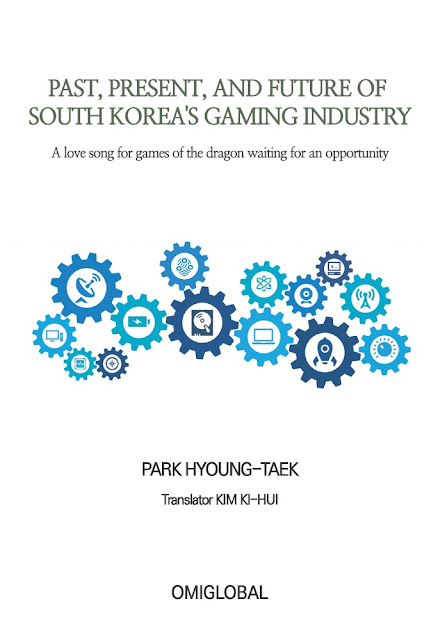泥中蟠龍's Game愛歌 _ Looking back upon masterpieces of the past
泥中蟠龍's Game愛歌
[A love song for games of the dragon waiting for an opportunity]
Looking back upon masterpieces of the past
Mobile-version games, which were originally superb online games be loved by many game users of the past, have been recently released. Looking back upon the experience of playing, I played some and they led me to play very big game hits released right after App Store's opening. I don't want to talk about my memory of enjoying mobile games. I'd like to mention what I felt while playing the great games and the iOS' hits.
Playing masterpieces of the past, I got frustrated. Even though I played them all night at that time, I've never enjoyed the games. Of course, my age or familiarity were not good reasons. The free-to-play business model in the mobile games put me under stress and I found it annoying. F2P, which was not found in the originals and not common in the games during the early days of App Store, is now taken for granted that gamers should purchase items or pay for access to new content after starting a game.
Free-to-start is applied to almost every mobile games nowadays. I've never played a game without F2P and received an investment proposal without the free-to-play lately. It became a standard business model for mobile games at some point and users don't seem reluctant to play them. It was only 10 years ago when players used to buy packaged games and pay by the hour for enjoying online games. But, at one point, I couldn't find a game with a flat rate or paid packages among newly released games. Furthermore, advanced F2P business model forces users to pay more in many ways. It also makes gamers necessarily stressful. The basic concept of the free-to-play model is to attract more customers entertaining them when they enter a game and give gamers stress by limiting playing when they are satisfied enough to continue to enjoy the game. And it brings in revenue by having customers pay for getting rid of their stress.
It gives players two chances. The first one is that users can decide whether they continue to play after playing a certain level of a game. And the other is that gamers can enjoy playing for free if they put up with stress. On the contrary, players are likely to be constantly asked to purchase content, which gives the users a lot of stress even though they started the game to relieve their stress.
It's definitely hard for developers to choose another revenue model because customers are already used to the free-to-play business model. Yet F2P has been developed just for profit; it leads the users to pay more not to entertain them. Spending a few million won for a game is not a piece of big news anymore. The free-to-play business model, which was started for game marketing and advanced and generalized, doesn't guarantee fun of games. The memory of players paying pay 40,000~50,000 won for a packaged game and enjoying it for hundreds of hours even a few years ago became a thing of the past. So we need to think about the games with free-to-play nowadays which easily lead users to spend a few hundred thousand won: no one can guarantee that they are much more fun than the masterpieces of the past.
※ This is from Kyunghyang Games column by 泥中蟠龍 since September 2013.
(http://www.khgames.co.kr)
Translation by Kim Ki-hui


Comments
Post a Comment